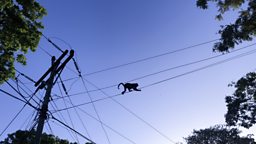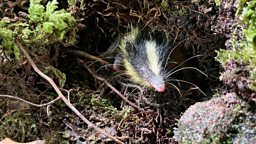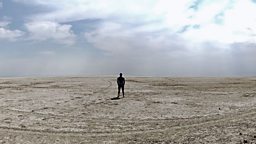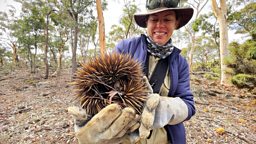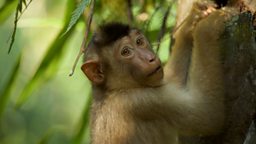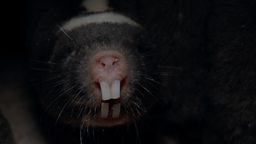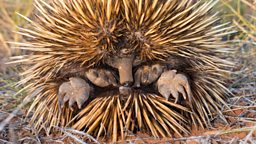Tree hugging is cool
By Mammals Producer, Rob Pilley

Whilst researching the potential stories for the Mammals Heat episode we came across a newly described behaviour about white sifaka lemurs in Madagascar hugging tree trunks to keep cool! The mind boggled as to the story and imagery that we could shoot of this never-before-filmed behaviour. What honestly drives a Mammal to hug a tree to keep cool?! Surely this can’t be real? Details of the new sifaka behaviour was scant to say the least, the first official paper describing it was only published in 2022.
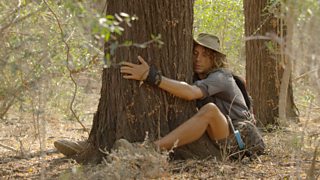
The Heat team first made contact with the sifaka research team in Madagascar in 2020 BUT as was prevalent across the world at the time, Covid stopped us from visiting Madagascar and even prevented the sifaka researchers from continuing their work in the field as well. We finally got the green light to visit the mysterious isle of Madagascar in 2022 and so our mission was on!
The journey to the location and then life in camp was far more tricky than expected. Extreme travel sickness from the relentless potholed roads, no mains power, no shops, no running water, no access to fresh food. So we lived like the locals do - in a bare bones campsite in the dust with rice and beans to eat, plus the delights of a local drink known as ranonapango; made from the residue left inside rice saucepans, then mixed with boiled water. It was surprisingly tasty when you’re craving anything with flavour!
We quickly began to experience life as the locals do in one of the hottest locations on Earth, and hats off to them! Life is tough here, in one of the hottest places in Madagascar- where temperatures average 42°C in the shade.
At the heart of the forest we were filming in are found the tree-hugging sifakas themselves. This cultural behaviour is thought to have evolved in these extremely hot dry forests as it represents the only way to cool down - a tree trunk at 38°C is the coolest thing around, as the crew discovered by hugging the trees ourselves!

Up until very recently the tree-hugging has been enough to keep the sifakas cool enough, and their population appeared to be stable and expanding.
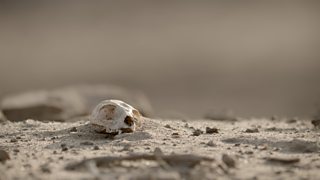
But in the past three years, records have shown that their birth rate curve has plateaued, so could this be a real turning point? For an animal that has evolved such an incredible behaviour to survive the extremes of heat this is worrying, especially as temperatures are still set to rise further.
Could this be their tipping point before the decline? Could these fuzzy little teddybears of the forest be a canary in the mine for climate change?
But there’s another side to this story. Madagascar has some of the highest biodiversity in the world but now 80% of its forests are gone. Even in the Special Reserve where we searched for the sifakas we came across cleared areas and obvious chopped stumps.
We were told by our local guides that south-west Madagascar has suffered some of the hottest years in its recent history. This has led to extreme droughts, loss of crops, loss of food and livelihood for the people living there. In desperate measures they are forced to chop down what forest there is left to make charcoal, which is then sold for a pittance to buy rice to eat. And as long the heat continues to rise this vicious cycle will continue. Life is tough for both the people and wildlife of this remarkable country.
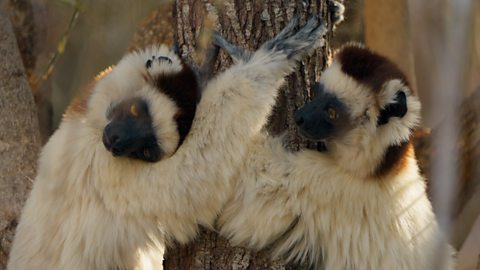
Tree hugging sifakas
In a warming world, sifakas hug the trunks of certain trees to cool down.


